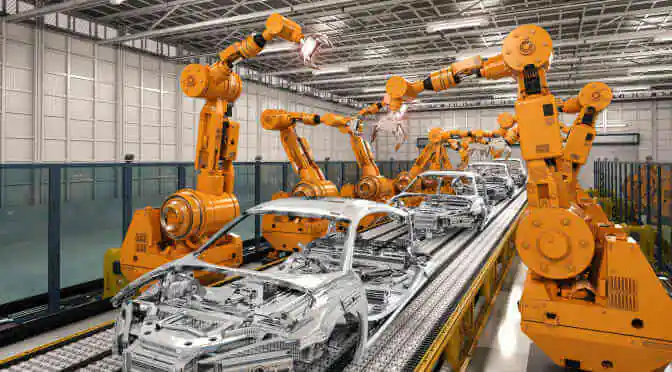Robots in antiquity and throughout the middle ages were primarily used for entertainment purposes. However, the 20th century witnessed a boom in the development of assistive robots that have been helping humans carry out repetitive and physically demanding work with accuracy and precision in nearly every sector. For some, robots are still a matter of science fiction, but what they fail to realize is that robots are present everywhere, from a simple DVD burner to the microwaves used in most kitchens.
Related: which are the top companies in the rehabilitation robotics market?
Why robots?
In the healthcare sector, doctors, nurses, and therapists are the superheroes of recuperation. However, at Technavio, we feel that even superheroes need a trusted sidekick – which in this case would be rehabilitation robots. These robots have superhuman precision and repeatability, and can help rehabilitation centers save money, reduce waste, and provide improved patient care. Recent studies indicate that by the year 2020, the global market for rehabilitation robots will grow 40-fold and will be fueled by the development of rehab/therapy robots, active prostheses, exoskeletons, and wearable robotics. As this industry is expected to generate at least two million additional jobs by 2020, government institutions such as the European Council are looking to invest in research that would aid the development of cognitive skills for rehabilitation robots. Such support will allow rehabilitation robots to become mainstream and accessible to all.
Robots and their use in rehabilitation
Over the past decade, numerous hospitals have started using robotics for high precision surgeries and also within their rehabilitation centers. In rehabilitation centers, a session lasts anywhere from 60 to 90 minutes, and patients can make over 1,000 repetitions of the movements they need to improve with the help of a robot. This is what separates robotic-assisted rehabilitative therapy from traditional therapy. Without the robotic assistance, a patient might get 20-40 minutes of one-on-one time with a therapist, who will assist the patient in practicing the movements correctly. Sometimes fatigue sets in, making the patient’s recovery slower and less refined. However, robots do not get tired, and as a result, the therapy is both more consistent and more intensive.

With the development of innovative exoskeleton robots and the arrival of smartphone apps for patient monitoring, companies like Cyberdyne have started developing advanced robotic suits like HAL. These suits respond to bio signals sent from the brain to the wearer’s skin and muscles and help those with disabilities to walk again. Currently, the cost of such devices limits their usage in clinics and homes. However, with the depreciating prices of sensors, it is not long until robot-assisted rehabilitation and therapy will become mainstream in healthcare.
View THE 2016-2020 Global Rehabilitation Robots Market Report



